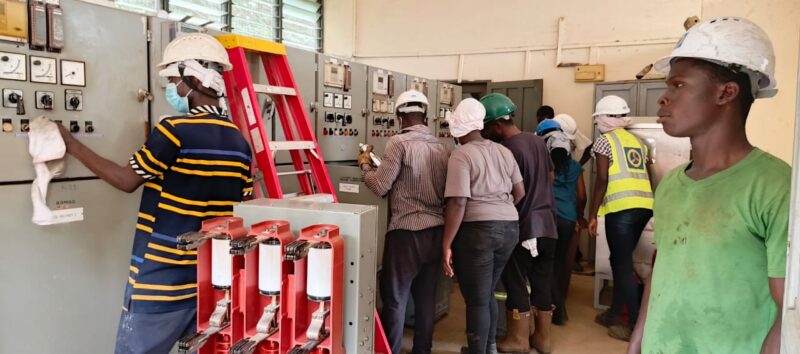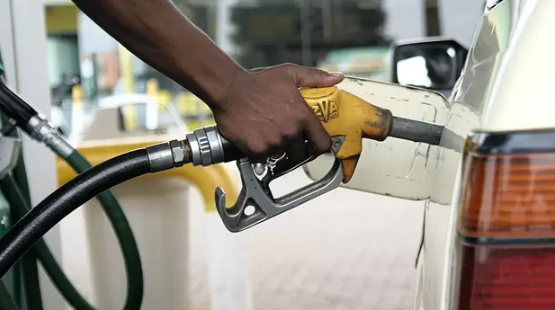- France’s former Manchester United defender Raphael Varane quits football
- Will the Davis Cup be Rafael Nadal’s ‘last dance’? Alcaraz hopes not
- Surging AI demand could cause the world's next chip shortage, research says
- How Apple and Microsoft’s trusted brands are being used to scam you online
- Southwest Airlines to cut service and staffing in Atlanta to slash costs
What do you believe is the single most important factor driving up the cost of living in Nigeria?
Large expansion of carbon capture and storage is necessary to fulfill the Paris Climate Agreement. Yet a new study led by Chalmers University of Technology, in Sweden and University of Bergen, in Norway, shows that without major efforts, the technology will not expand fast enough to meet the 2°C target and even with major efforts, it is unlikely to expand fast enough for the 1.5°C target.
The idea behind carbon capture and storage (CCS) technology is to capture carbon dioxide then store it deep underground. Some applications of CCS, such as bioenergy with CCS (BECCS) and direct air capture and storage (DACCS) actually lead to negative emissions, essentially "reversing" emissions from burning fossil fuels. CCS technologies play an important role in many climate mitigation strategies including net-zero targets. However, the current use is negligible.
"CCS is an important technology for achieving negative emissions and also essential for reducing carbon emissions from some of the most carbon-intensive industries. Yet our results show that major efforts are needed to bridge the gap between the demonstration projects in place today and the massive deployment we need to mitigate climate change," says Jessica Jewell, Associate Professor at Chalmers University of Technology in Sweden
A study titled, "Feasible deployment of carbon capture and storage and the requirements of climate targets," conducted a thorough analysis of past and future growth of CCS to forecast whether it can expand fast enough for the Paris Climate Agreement. The study, published in Nature Climate Change, found that over the 21st century, no more than 600 Gigatons (Gt) of carbon dioxide can be sequestered with CCS.
"Our analysis shows that we are unlikely to capture and store more than 600 Gt over the 21st century. This contrasts with many climate mitigation pathways from the Intergovernmental Panel on Climate Change (IPCC) which in some cases require upwards of 1,000 Gt of CO 2 captured and stored by the end of the century," says Tsimafei Kazlou, Ph.D. candidate at University of Bergen, Norway, and first author of the study.
















